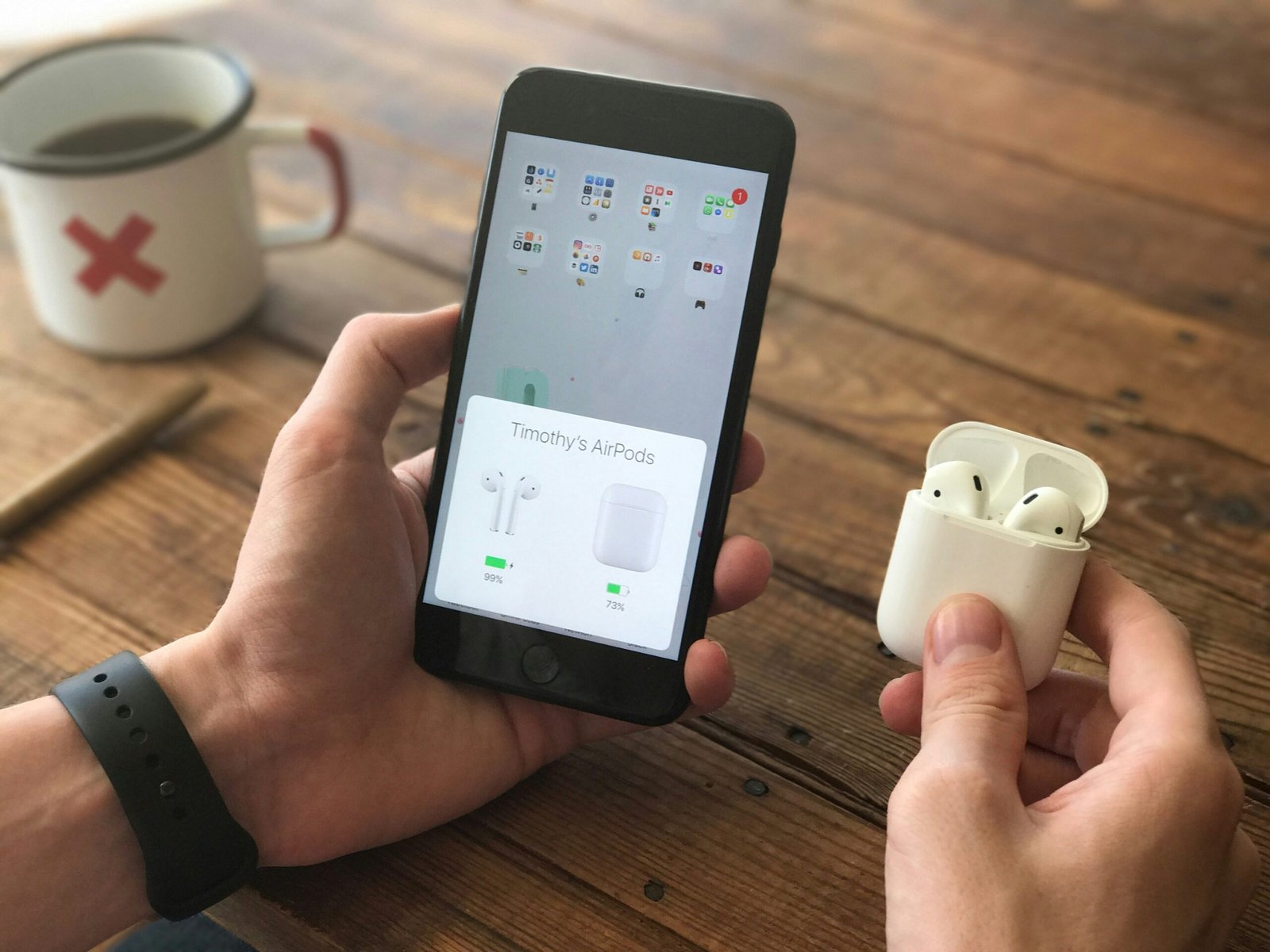Introduction to 802.11 Standards and Frequency Bands
The 802.11 standards constitute a set of protocols developed by the Institute of Electrical and Electronics Engineers (IEEE) to define the functions of wireless local area networks (WLANs). Since the inception of these standards in the late 1990s, they have significantly evolved, leading to various Wi-Fi specifications that utilize multiple frequency bands. The two predominant frequency bands utilized in these standards are 2.4GHz and 5GHz, each offering distinct characteristics that cater to different networking requirements.
The 2.4GHz frequency band operates at a lower frequency, providing a broader coverage area compared to 5GHz. However, it typically has a reduced data rate due to increased interference from other devices such as microwaves, Bluetooth devices, and various household electronics that also operate within this spectrum. This interference can lead to network congestion, which may decrease the overall network performance when multiple devices are active simultaneously.
<pconversely, 2.4ghz,="" 5ghz="" 802.11a="" a="" achieves="" activities="" affect="" an="" and="" as="" band,="" by="" channels,="" choice="" compared="" congestion="" connectivity.
Understanding the differences between the 2.4GHz and 5GHz frequency bands is crucial for selecting the appropriate Wi-Fi setup for specific networking needs. As technology continues to advance, newer standards such as 802.11ac and 802.11ax have further optimized the use of these frequency bands, emphasizing the importance of effective bandwidth management in the modern digital landscape.
Key Differences Between 2.4GHz and 5GHz Frequencies
When evaluating the differences between 2.4GHz and 5GHz frequencies within the 802.11 standards, several key factors emerge, including range, speed, and bandwidth. Understanding these differences can significantly influence your choice of frequency, depending on your specific needs and environment.
The 2.4GHz frequency band is known for its longer range capabilities, typically reaching distances of up to 300 feet indoors and even further outdoors, making it a popular choice for larger homes and open spaces. However, this extended range comes at the cost of speed; the maximum data transfer rate for 2.4GHz networks is generally lower than that of its 5GHz counterpart, often capping around 600 Mbps. Furthermore, the corresponding channel width of 20MHz may limit its overall bandwidth, leading to potential congestion, especially in densely populated areas where multiple devices might operate concurrently.
On the other hand, the 5GHz frequency excels in speed, providing data rates that can reach up to 1,300 Mbps under optimal conditions. Its broader channel width, available in options of 20MHz, 40MHz, and even 80MHz, allows it to support higher bandwidth applications such as streaming and online gaming. However, this enhanced speed is accompanied by a reduced range; 5GHz signals have trouble penetrating walls and obstacles, typically covering a distance of about 100 feet indoors.
In terms of usage, the 2.4GHz frequency is better suited for environments where range is more critical, such as when connecting devices far from the router or in larger areas. Conversely, 5GHz is ideal for environments requiring high-speed data transfer, especially when connected devices are located closer to the router. By understanding these key differences, users can make informed decisions on which frequency best fits their specific use cases.
Factors Influencing the Choice of Frequency Band
When deciding between the 2.4GHz and 5GHz frequency bands in the 802.11 standards, multiple factors play a crucial role in optimizing network performance. One primary consideration is the level of interference present in the environment. The 2.4GHz band, while offering a broader range of coverage, tends to suffer more from interference due to its common use by various household devices such as microwaves, cordless phones, and Bluetooth devices. This interference can degrade network performance, making the 5GHz band a more appealing option in densely populated areas or homes filled with electronic gadgets.
Another significant factor is the presence of physical obstacles such as walls, furniture, and building materials. The 2.4GHz frequency band has better penetration capabilities, which allows it to maintain connectivity in spaces with many barriers. However, the 5GHz band, while it may lack in range, offers higher data speeds, which can be critical for applications requiring substantial bandwidth, such as online gaming or high-definition video streaming. Users must consider their specific layout and usage scenarios to select the most suitable frequency band.
The number of devices connected to the network also influences band selection. The 2.4GHz band typically supports more devices due to its longer range, but as more devices connect, network congestion increases, potentially slowing down speeds. Conversely, the 5GHz band, which handles fewer connections effectively, may be preferable for environments with many high-usage devices, ensuring sustained performance. Lastly, compatibility with older devices is often overlooked; many legacy devices only support the 2.4GHz band, which can further dictate the choice for networks needing comprehensive coverage across all devices. Assessing these environmental and technical factors will guide users in making informed decisions regarding frequency band selection.
Conclusion and Recommendations for Users
In closing, understanding the differences between 2.4GHz and 5GHz frequencies within the context of the 802.11 standards is essential for optimizing Wi-Fi networks. Each frequency band offers distinct advantages and potential drawbacks, making it imperative for users to assess their specific requirements before making a choice. The 2.4GHz frequency is known for its broader coverage area and ability to penetrate walls, making it ideal for scenarios where range is a primary concern, such as in larger homes or buildings. However, this frequency tends to be more susceptible to interference due to the higher number of devices utilizing the same bandwidth, which can impact performance.
On the other hand, the 5GHz band supports higher data rates and is less crowded, which can significantly enhance performance in environments where speed is vital, such as for online gaming or streaming high-definition content. Nevertheless, the 5GHz frequency has a shorter range, and users may find it less effective in larger spaces unless they are closer to the router. Therefore, it is crucial to evaluate the intended use case for the network.
For users focused on speed, particularly those engaged in activities that demand high bandwidth, prioritizing the 5GHz band in closer proximity to the router is advisable. Conversely, for general browsing and activities where distance matters more than speed, the 2.4GHz band may be sufficient. Users may also consider implementing dual-band routers that allow simultaneous connectivity to both frequencies, thereby offering a more tailored and flexible networking environment. Ultimately, the decision should be informed by careful consideration of each frequency’s strengths and limitations, as well as the specific activities and layout of the user’s living or working space.



